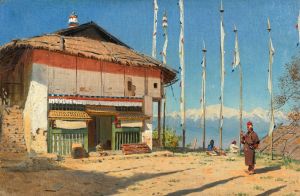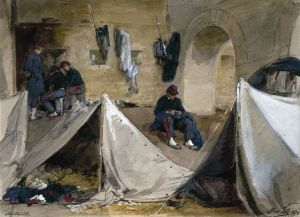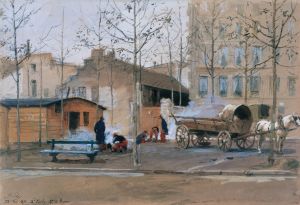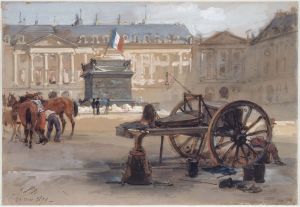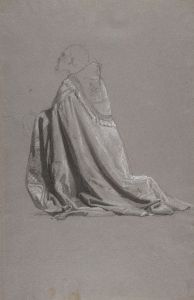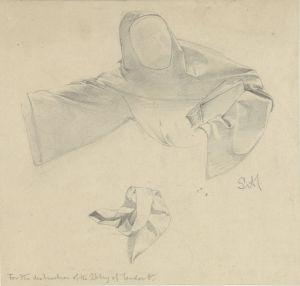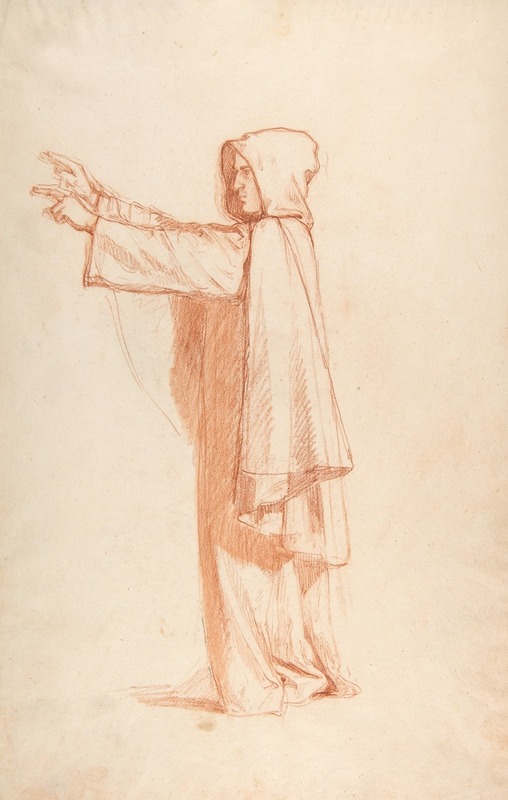
Monk
A hand-painted replica of Isidore Pils’s masterpiece Monk, meticulously crafted by professional artists to capture the true essence of the original. Each piece is created with museum-quality canvas and rare mineral pigments, carefully painted by experienced artists with delicate brushstrokes and rich, layered colors to perfectly recreate the texture of the original artwork. Unlike machine-printed reproductions, this hand-painted version brings the painting to life, infused with the artist’s emotions and skill in every stroke. Whether for personal collection or home decoration, it instantly elevates the artistic atmosphere of any space.
Isidore Pils (1813–1875) was a French academic painter known for his historical, religious, and genre scenes. One of his works, titled Monk, depicts a solitary monk in a contemplative pose. The painting reflects Pils' interest in religious themes and his ability to convey emotion through detailed and realistic depictions of his subjects.
The exact date of the creation of Monk is not widely documented, but it is consistent with Pils' broader body of work, which often explored themes of devotion, spirituality, and human experience. The painting showcases Pils' skill in rendering textures and light, particularly in the folds of the monk's robe and the subdued, introspective atmosphere of the scene. The monk's expression and posture suggest a moment of deep thought or prayer, aligning with the 19th-century Romantic fascination with solitude and introspection.
Isidore Pils studied at the École des Beaux-Arts in Paris under François-Édouard Picot and gained recognition after winning the prestigious Prix de Rome in 1838. His time in Rome influenced his artistic style, as he absorbed elements of classical and Renaissance art. While Pils is perhaps best known for larger works, such as his murals in the Church of Saint Vincent de Paul in Paris and his military-themed paintings, smaller, intimate works like Monk demonstrate his versatility as an artist.
The painting is an example of Pils' ability to balance technical precision with emotional depth. His use of light and shadow creates a sense of quiet solemnity, drawing the viewer into the monk's reflective state. This focus on the inner life of his subject is characteristic of Pils' approach to religious and genre scenes.
While Monk is not as widely studied or exhibited as some of Pils' other works, it remains a testament to his skill and sensitivity as a painter. The piece contributes to the broader understanding of 19th-century French academic art and its engagement with themes of spirituality and human emotion.
Further details about the painting's current location, provenance, or reception are not readily available in historical records.





